Chuwolsan Mountain (추월산)
0m 26611 2021-06-14
981, Chuwolsan-ro, Damyang-gun, Jeollanam-do
+82-61-380-3492
Located 13 kilometers away from Damyang-eup, Chuwolsan Mountain (731 m) was designated Jeollanam-do Provincial Monument No. 4 and is one of the five famous mountains of Jeollanam-do. It marks the boundary between Jeollanam-do, South Jeolla Province (Wolgye-ri, Yong-myeon, the most northern town in Damyang-gun) and Jeollabuk-do, North Jeolla Province (Bokheung-myeon, Sunchang-gun). The mountain has a dense forest, rock formations and stones, and rock walls that look like manmade fortifications with a narrow path to the west which can accommodate only one person at a time.
Shaped like a Buddhist monk lying down when it is seen from Damyang-eup's side, it is popular for its various naturally grown medicinal herbs as well as rare kinds of Chuwolsan orchids. The base of the mountain has gentle slopes and densely packed old pine trees, making it the best destination for families in summer. The hiking trail is hard to climb despite the fact that the peak is not very high. However, it is visited by mountain climbers all year long.
Before reaching Sangbong Peak, there is a hermitage and a mineral spring that never dries up. The peak also boasts an impressive view of the surrounding area, including Damyangho Lake. Chuwolsan Mountain was a battle site during the Imjin War along with the nearby Geumseongsanseong Fortress. The last battle of Donghak Peasant Revolution also took place at Chuwolsan Mountain.
Damyangho Lake (담양호)
3.4 Km 18321 2022-09-15
Geumseongsanseong-gil, Damyang-gun, Jeollanam-do
+82-61-380-3150
Damyangho Lake is a man-made lake, created in 1976 with the construction of a dam on Yeongsangang River. The lake is set at the base of the picturesque Chuwolsan and Geumseongsan Mountains, and its crystal clear water is the habitat of many different freshwater fish species including pond smelt, catfish, snakehead, carp and leather carp. With Damyangho Lake at the center, the area is surrounded by Chuwolsan Tourism Area, Gamagol Youth Camping Grounds and Geumseong Mountain Fortress. The mountain’s lakeside road, which passes through a tunnel at the mid-section of the mountain, is a popular scenic driving road.
Geumseongsanseong Fortress (담양 금성산성)
4.8 Km 30327 2020-03-13
Dorim-ri, Damyang-gun, Jeollanam-do
+82-61-380-2812
Geumseongsanseong Fortress in Geumseongsan Mountain (603m) forms a boundary
between two small villages located on the border of two provinces (Geumseong-myeon,
Damyang-gun, Jeollanam-do and Sunchang-gun, Jeollabuk-do) and is one of the
three popular mountains of the Honam region (the Southwestern region of Korea
that includes Jeollanam-do and Jeollabuk-do). The fortress is surrounded by
two walls connecting Cheolmabong Peak, Undaebong Peak, and Jangdaebong Peak.
The total length of the outer wall is 6.486 meters and inner wall is 859 meters.
Historians are uncertain about the year the fortress was built, and
have concluded that it dates back to the Three Kingdoms Period (57 BC – 676 AD) based on an examination of the ruins and remains discovered in the surrounding
area. The fortress was reconstructed in 1409 and repaired in 1610 after the
Imjin War (1592-1598). Following that, it continued to develop into a strong
military base.
- Classification: Historic Site No. 353
- Date of Designation: August 24, 1991
- Owner: Park Jinseong and 85 persons
- Age: Three States Era
- Site Area: 1,349,977㎡
- Kind of Cultural Properties: Castle Site
Damyang Resort Spa (담양리조트 온천)
5.1 Km 25900 2022-12-28
202, Geumseongsanseong-gil, Damyang-gun, Jeollanam-do
+82-61-380-5111
Damyang Resort is a large resort complex comprised of a hotel, spa, arboretum, and event plaza. The spa is spread over a ground floor and basement floor, with both men's and women's pools, as well as many event pools and an open-air hot spring. Additional facilities include a jjimjilbang (Korean-style sauna), skincare center, and massage center. The hot springs use water with a mix of 20 minerals, including germanium, strontium, sulfuric ions, calcium, and lithium. The mineral mix helps soothe skin, relieve stress, and improve blood circulation to prevent many diseases and ailments.
Sunchang Gangcheonsa Temple (강천사 (순창))
5.7 Km 36768 2024-04-07
270, Gangcheonsan-gil, Sunchang-gun, Jeonbuk-do
+82-63-652-5420
Located approximately 1.8 kilometers from the entrance of Gangcheonsan County Park, Gangcheonsa Temple was built by Monk Doseon during the first year of Queen Jinseong of Silla (AD 887). In the third year of King Chungsuk of Goryeo (1316), the temple saw the addition of a five-story stone pagoda, built by Monk Deokhyeon. At its peak, the temple was said to have had 12 hermitages and housed 1,000 monks. It was burned down during the Imjin War (1592-1598), leaving only the pagoda, but was rebuilt a few years later by Monk Soyo during the 37th year of King Seonjo (1604). Unfortunately, the temple was burned down again in the Korean War, but was once again restored to its original state in 1959.
Cultural assets found at the temple include Stone Guardian Post of Chungsin-ri & Namgye-ri, Sunchang Guesthouse, and the Three-story Stone Pagoda of Sunhwa-ri. Nearby tourist attractions include Geumseongsanseong Fortress, Yongsopokpo Falls, Gangcheonho Lake, Damyangho Lake, Chuwolsan Mountain, Huimunsan Mountain, and Naejangsan National Park.
Gangcheonsan County Park (강천산 군립공원)
6.7 Km 30627 2024-04-07
97, Gangcheonsan-gil, Sunchang-gun, Jeonbuk-do
+82-63-650-1672
Gangcheonsan Mountain is surrounded by Gwangcheonsan Gwangjubong Peak (583.7 meters above sea level), Gwangdeoksan Seonnyeobong Peak (578 meters), and Sanseongsan Yeondaebong Peak (603 meters above sea level) in the area of 996beonji, Cheonggye-ri, Sunchang-gun, Jeollabuk-do. It is divided into small canyons and has an outstanding view with rocky mountains on all sides. The valley was called Gangcheon Valley because clean and clear water flows like a spring on the hard rocks, and all the mountains around it were called Gangcheonsan Mountain. It is said that in the past it was called Yongcheonsan Mountain, named after the shape of two dragons waving their tails toward the sky and ascending to heaven.
Following the Noryeong Mountain Range to Chuwolsan Mountain, it forms Gwangdeoksan Mountain and Yongcheonsan Mountain. On Sanseongsan Mountain (two dragons from the eastern sky to the western sky) that towers high in the sky, two dragons run east side by side. There are numerous peaks, some famous ones are, Yeondaebong, Undaebong, Suyeongbong, Cheonjabong, Gitdaebong, Gwangjubong, Gyeonjebong, and Songrakbong peaks. Between these two mountains is a very deep valley. Some of the famous valleys are, Yeondaegyegok Valley, Seonnyeogyegok Valley (Jeobujegol), Wondeunggyegok Valley (Yongdaeamgol), Buntonggol Pass, Jijigol Valley, Somokgol Valley, Samindaegyegok Valley (Hwangwoojegol), Giwoojegol Valley, Senyanggol Valley, Multonggol Valley, Chodanggol Valley, Ujakgol Valley, Dongmakgol Valley, Geumganggyegok Valley (Tapsanggol), Seungbanggol Valley, Byeondugol Valley, etc. The clear water flowing from every valley joins into one and the sound of the water crashing against the rocks and stones echoes throughout the valley and enters Gangcheonho Lake.
When spring comes, willows bloom, and when the forsythia and azaleas are in full bloom, wild cherry blossoms reach full bloom on every mountain peak. The clear and clean water flows continuously between the gravel along the valley. Visitors can cool off the heat in this river that does not collect moss either because it is too cold or clean. On Gangcheonsan Mountain, there are beautiful shrubs and maple trees, and the baby maples and baby squirrels announce the arrival of autumn among the seven different types of maple trees. The multiple trails on the mountain are not steep or too dangerous, making it popular regardless of age. It is also ideal for mountaineering and mountain-loving hikers. The scenery of the river with white snow and icicles attracts painters who want to capture the moment on a canvas. Gangcheonsan Mountain has four distinct seasons making it a popular destination all year round.
Jungnimwon Garden (죽림원가든)
8.5 Km 97344 2024-02-19
358 Gasan-gil, Wolsan-myeon, Damyang-gun, Jeollanam-do
061-383-1292
Jungnimwon Garden offers traditional Korean flavors in a unique setting. Their signature dish is the Daetongyongjjim (Bamboo-steamed set menu), where various ingredients are steamed together in a long bamboo tube. This dish includes a variety of items such as Korean beef bulgogi, spicy braised chicken, prawn, grilled pork galbi, octopus, abalone, ray, yellow croaker, eggs, and rice served in the bamboo tube. Additionally, their daetongbap jeongsik (steamed rice in bamboo set menu) and hanu tteokgalbi (grilled Korean beef galbi patties) are also highly recommended.
Juknokwon (Bamboo Garden) (죽녹원)
8.5 Km 221859 2022-12-28
119, Jungnogwon-ro, Damyang-gun, Jeollanam-do
+82-61-380-2680
Juknokwon in Damyang is a bamboo forest cultivated by the town of Damyang. This bamboo forest, at approximately 160,000 ㎡ in size, was formed in May 2003. The rock steps and winds blown between the bamboo trees provide relief from daily stress. Try bamboo leaf tea for a perfect end to the visit.
Damyang Bamboo Festival (담양대나무축제)
8.8 Km 64748 2023-04-23
119, Jungnogwon-ro, Damyang-gun, Jeollanam-do
• 1330 Travel Hotline: +82-2-1330 (Korean, English, Japanese, Chinese) • For more info: +82-61-380-3150, 3152
The Damyang Bamboo Festival takes place annually in May to celebrate the beauty and value of Damyang's natural bamboo forest. The festival features various experience and educational programs open to locals and visitors alike. Visitors can also enjoy some of Damyang's local specialities as well as visit nearby attractions.
Gwanbangjerim Forest (관방제림)
8.9 Km 23635 2022-12-28
1, Gaeksa-ri, Damnyang-gun, Jeollanam-do
+82-61-380-2812
Located in Damyang, Jellanam-do, Gwanbangjerim Forest (Natural Monument) is a forest that was made along the banks of Damyangcheon Stream. The two-kilometer-long forest stretches from Dongjeong Village in Namsan-ri to Hwanggeum-ri, Subuk-myeon and Gangui-ri, Daejeon-myeon.
Gwanbangjerim Forest is a special manmade forest that was planted to prevent flooding along Damyangcheon Stream. It is comprised of large trees such as muku trees, zelkova trees, nettle trees, and cherry trees that are about 200 to 300 years old.
The forest’s beauty is so well known that it was even selected as “Korea’s Most Beautiful Forest” by the Korean Forest Services. Visitors enjoy this gorgeous natural getaway all year round, with many stopping by the forest Sculpture Park for pictures. Nearby attractions include the Jungnogwon Bamboo Garden and the Metasequoia-lined road.
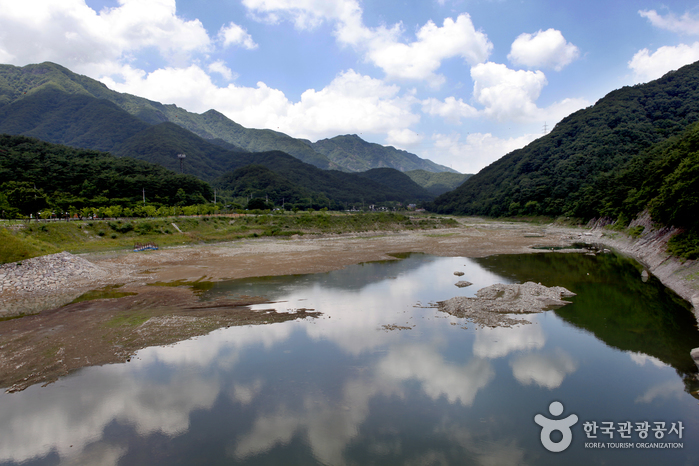
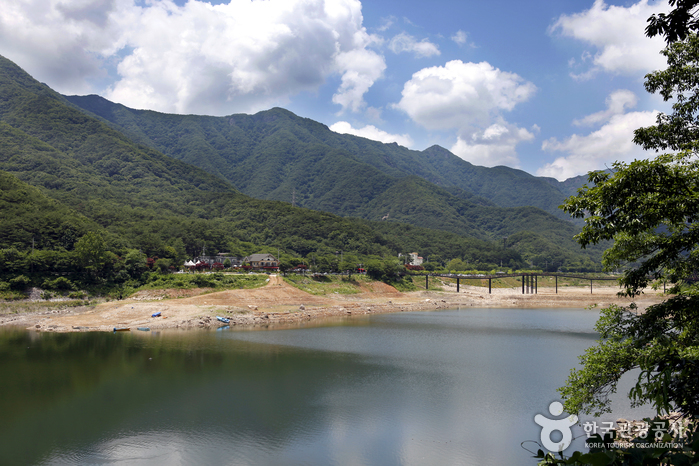
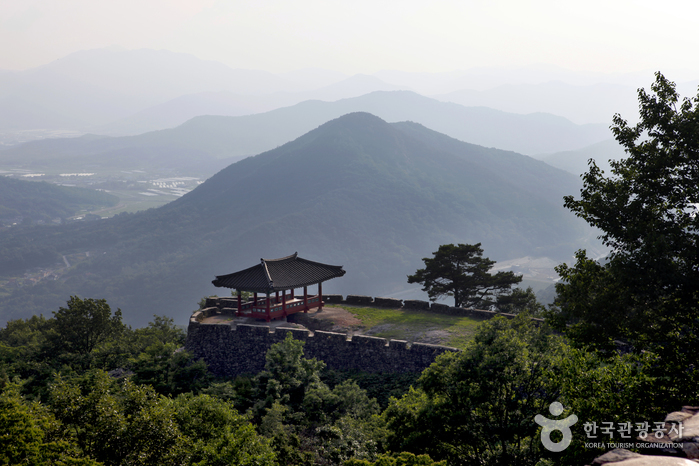

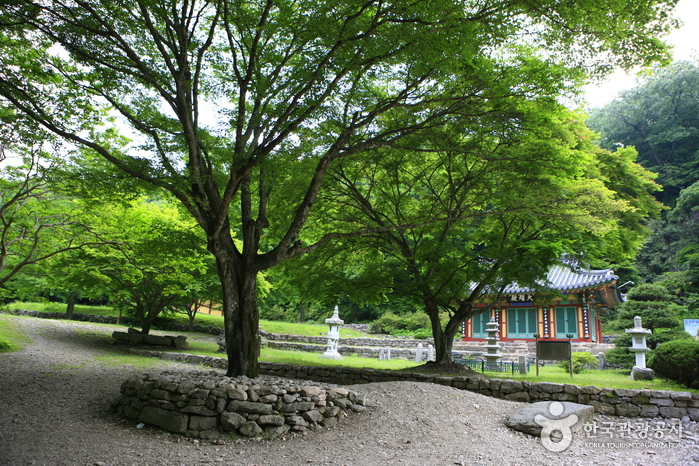
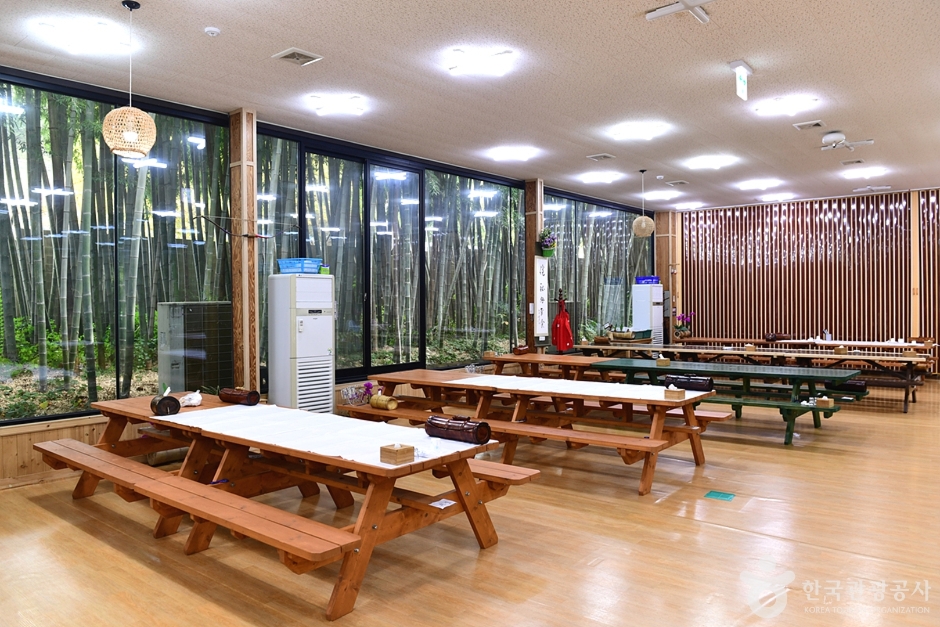
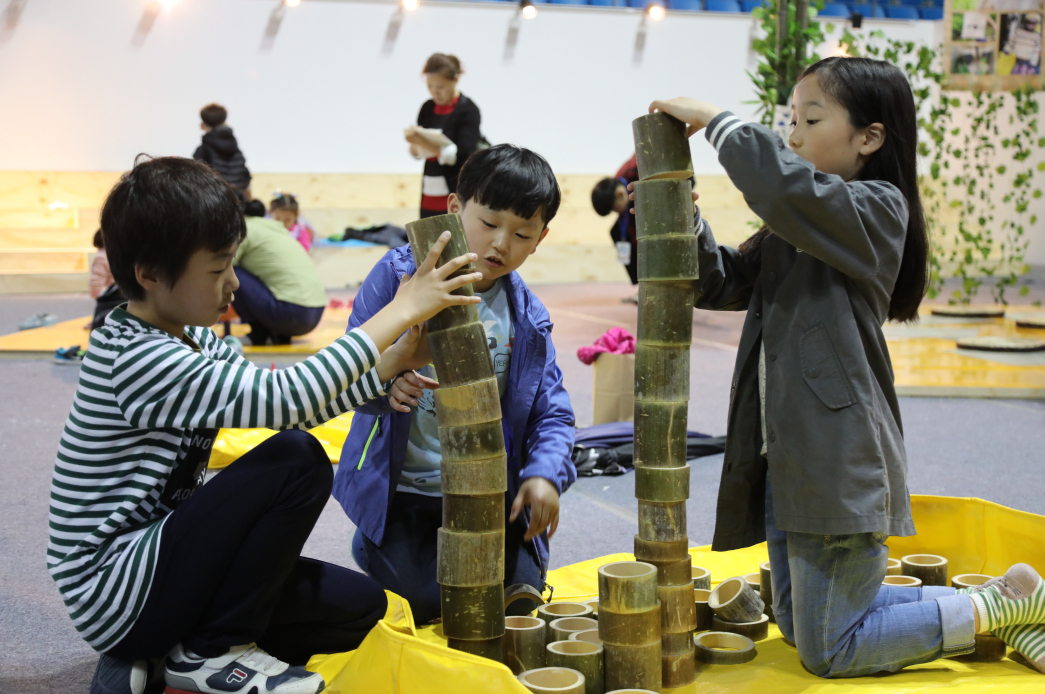
 English
English
 한국어
한국어 日本語
日本語 中文(简体)
中文(简体) Deutsch
Deutsch Français
Français Español
Español Русский
Русский